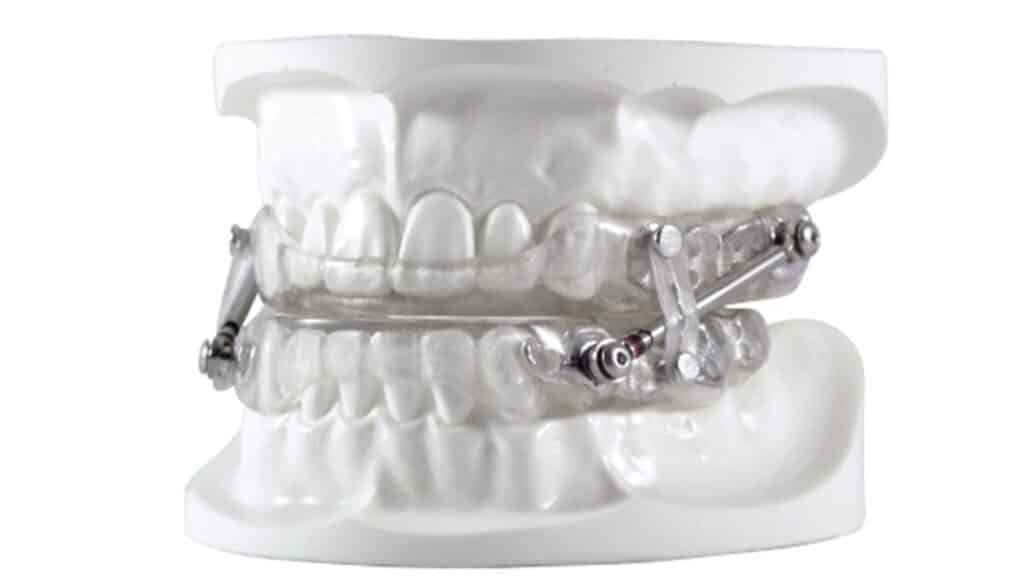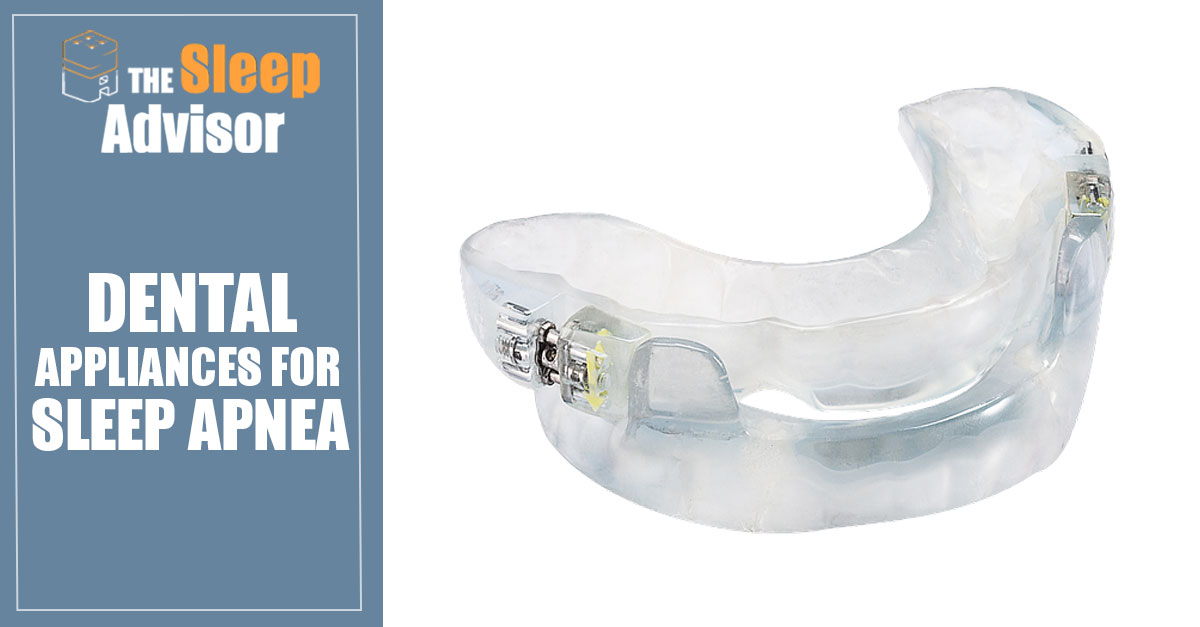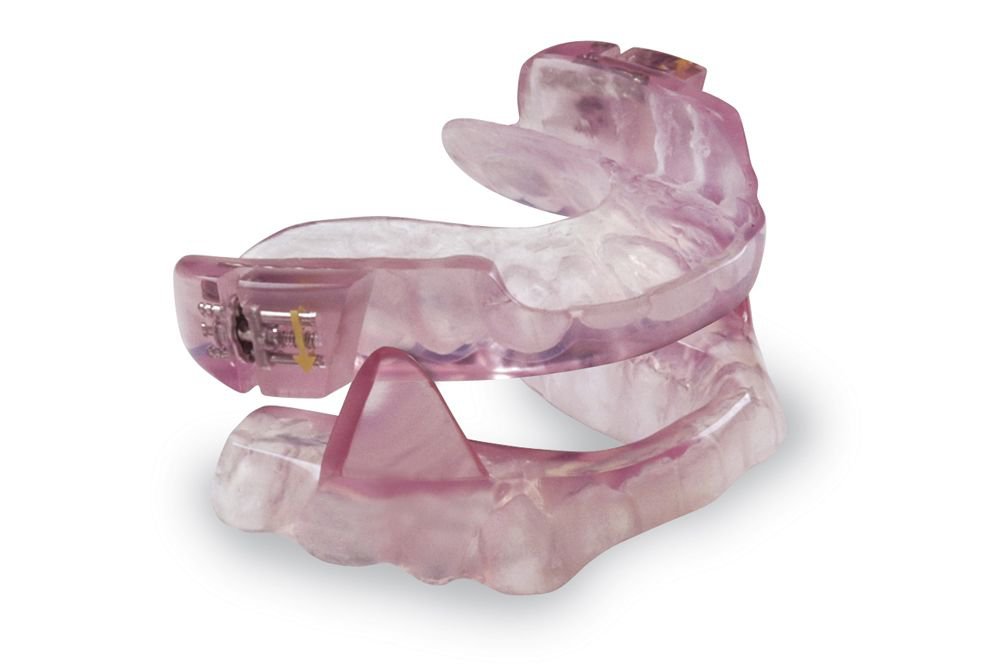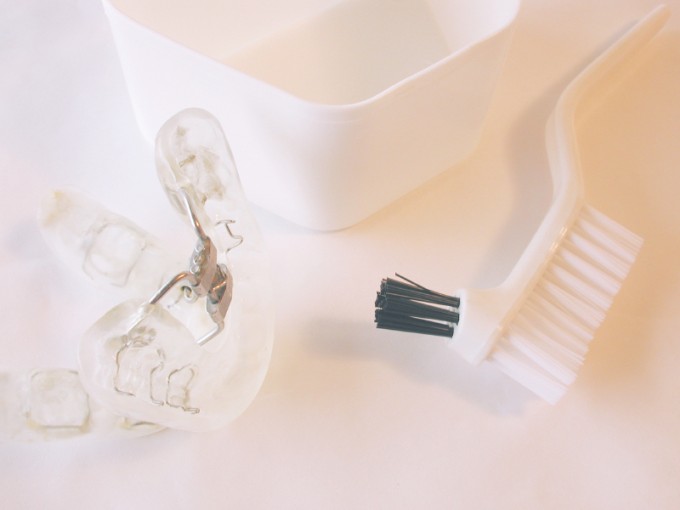Sleep apnea appliances
Table of Contents
Table of Contents
Dental appliances for sleep apnea and appliance insertion have been a significant breakthrough in the treatment of sleep apnea, a serious sleep disorder that can cause breathing difficulties during sleep. If you or someone you love is struggling with this condition, you may be interested in learning more about dental sleep appliances and how they can help. Read on to discover more about this revolutionary treatment option.
The Pain Points of Sleep Apnea
Sleep apnea can cause a range of physical and emotional symptoms, from snoring and restless sleep to daytime tiredness, anxiety, and depression. While there are many treatment options available, many people find that traditional treatments such as CPAP (continuous positive airway pressure) machines are uncomfortable and difficult to use. Dental appliances offer an alternative solution that is comfortable, convenient, and effective.
The Target of Dental Appliances for Sleep Apnea and Appliance Insertion
The main target of dental appliances for sleep apnea is to keep the airway open during sleep, preventing the soft tissue in the back of the throat from collapsing and blocking the airway. The dental appliance works by repositioning the tongue and/or jaw, holding them in a forward position to keep the airway open and facilitate breathing. The appliance is custom-fit, ensuring maximum comfort and effectiveness.
Main Points to Consider
Dental appliances are a simple, non-invasive treatment option for sleep apnea that can provide significant benefits for patients struggling with this condition. They are comfortable, convenient, and effective, and can help to alleviate many of the symptoms associated with sleep apnea, such as snoring, waking up gasping for air, and daytime tiredness. Dental appliances can also be a good option for patients who find CPAP machines uncomfortable or impractical.
Personal Experience with Dental Appliances for Sleep Apnea and Appliance Insertion
I have personally seen the benefits of dental appliances for sleep apnea in my patients. One patient in particular came to me struggling with severe daytime fatigue, anxiety, and depression. After fitting him with a custom dental appliance, he reported feeling more rested and alert during the day and even noticed an improvement in his mood. He found the dental appliance easy to use and much more comfortable than his previous CPAP machine, which he had found cumbersome and difficult to sleep in.
The Role of the Dentist in Appliance Insertion
Dentists play a critical role in the insertion of dental appliances for sleep apnea. The process involves taking digital impressions of the patient’s mouth, which are used to create a custom-fit appliance. The dentist will work closely with the patient to ensure that the appliance is comfortable and effective, adjusting it as necessary to achieve optimal results.
Dental Appliance Options for Sleep Apnea
There are several different types of dental appliances available for the treatment of sleep apnea. Mandibular advancement devices (MADs) are the most popular and work by repositioning the lower jaw. Tongue retaining devices (TRDs) work by holding the tongue in place. Hybrid oral appliances combine features of both MADs and TRDs.
Possible Complications and Side Effects of Dental Appliances for Sleep Apnea
While dental appliances are generally safe and well-tolerated by patients, there can be some complications and side effects to be aware of. These can include dry mouth, excess salivation, jaw pain, and tooth discomfort. However, these side effects are usually mild and temporary, and many patients find that the benefits of dental appliances far outweigh the risks.
Question and Answer
Q: Who is a good candidate for dental appliances for sleep apnea?
A: Dental appliances can be a good option for anyone struggling with sleep apnea, particularly those who have difficulty tolerating CPAP machines.
Q: How long do dental appliances last?
A: Dental appliances typically last for several years, depending on how well they are cared for.
Q: Are dental appliances covered by insurance?
A: Many dental insurance plans cover the cost of dental appliances for sleep apnea, but you should check with your individual provider to determine coverage.
Q: Can dental appliances be worn with braces?
A: It depends on the type of dental appliance and the extent of the braces, but in many cases, dental appliances can be worn with orthodontic appliances such as braces or clear aligners.
Conclusion of Dental appliances for sleep apnea and appliance insertion
Dental appliances for sleep apnea and appliance insertion are a safe, effective, and convenient treatment option for sleep apnea. They can provide relief for a range of symptoms such as snoring, restless sleep, and daytime fatigue, and are a good alternative to traditional treatments such as CPAP machines. If you or someone you love is struggling with sleep apnea, talk to your dentist today to see if dental appliances could be the right solution for you.
Gallery
Sleep Apnea Appliances - South Bay Dental

Photo Credit by: bing.com / apnea
Sleep Apnea Appliance Imaging/Therapy | Open Late Dentistry Prosper TX

Photo Credit by: bing.com / apnea appliance somnodent osa
Dental (Oral) Appliances For Sleep Apnea: Treatment Pros & Cons

Photo Credit by: bing.com / sleep apnea oral appliances dental treatment bamboo linenspa sheets
Dental Appliances For Sleep Apnea Georgetown TX - Oral Appliance Therapy

Photo Credit by: bing.com / sleep appliances dental georgetown apnea tx oral obstructive therapy appliance
Oral Appliances Menomonie WI - Sleep Apnea Or Bruxism Treatment

Photo Credit by: bing.com / apnea menomonie grinding durand tooth





